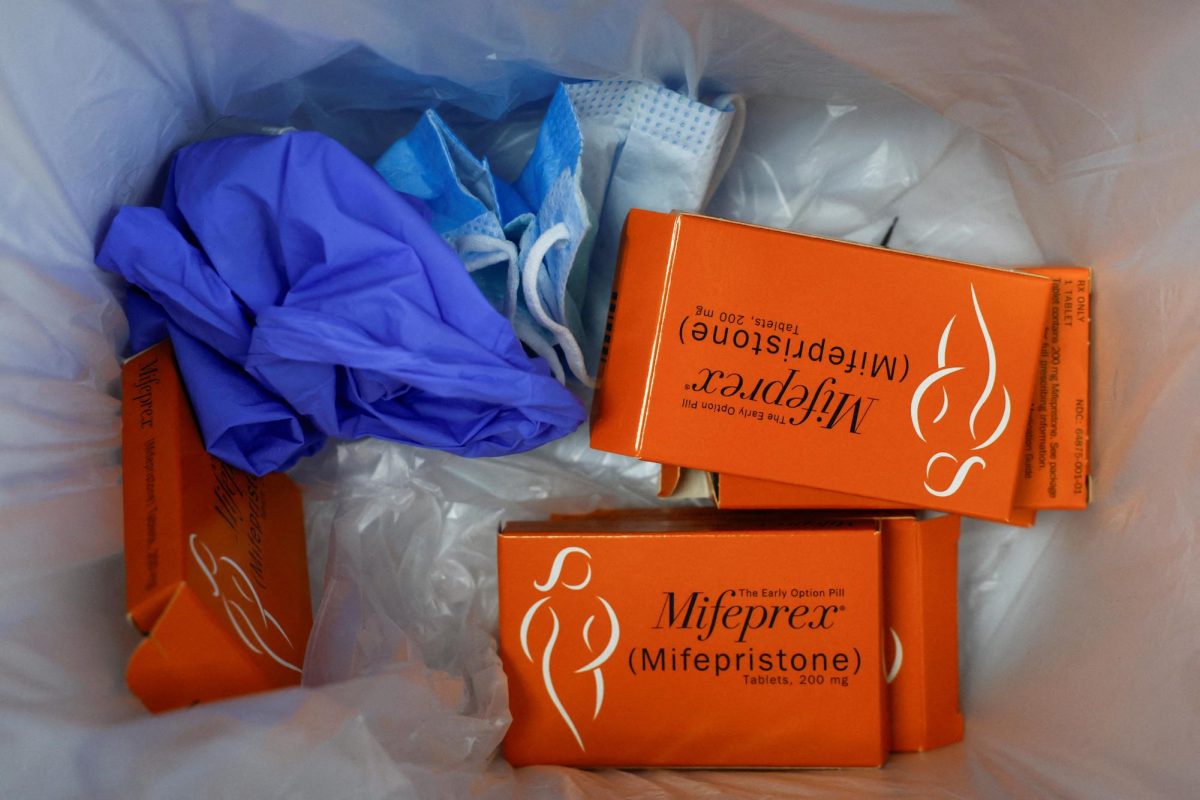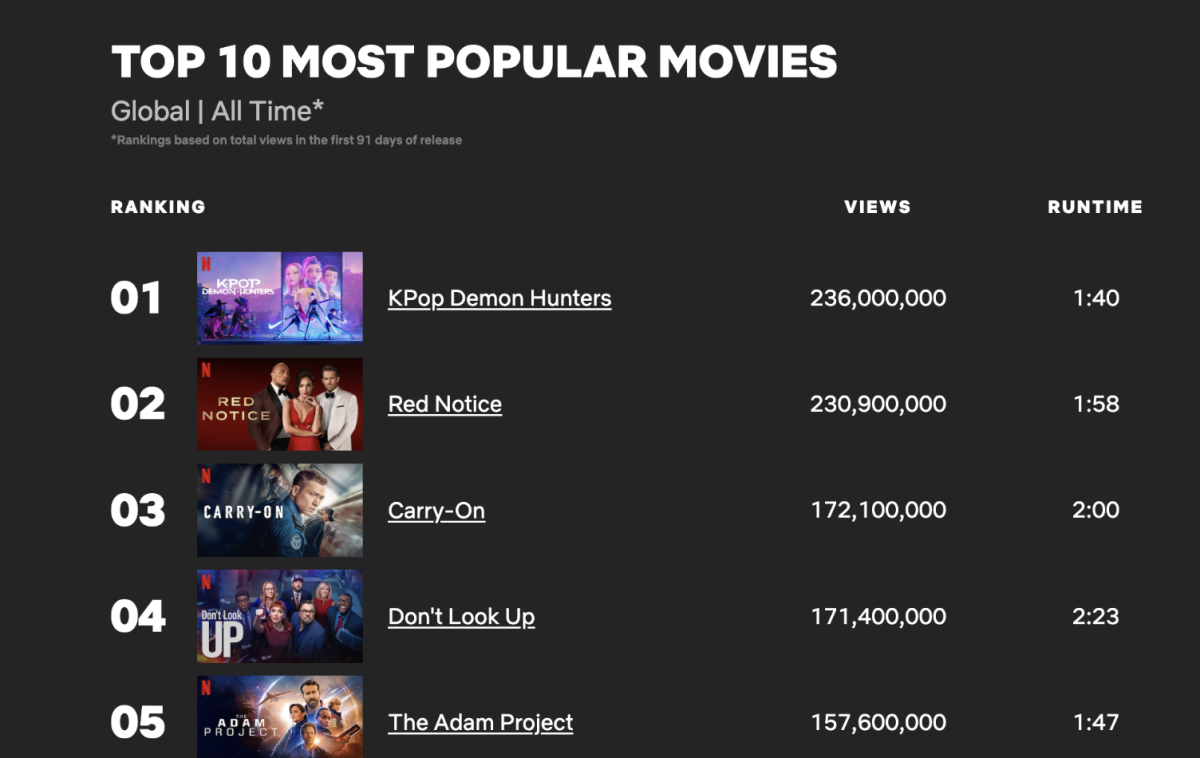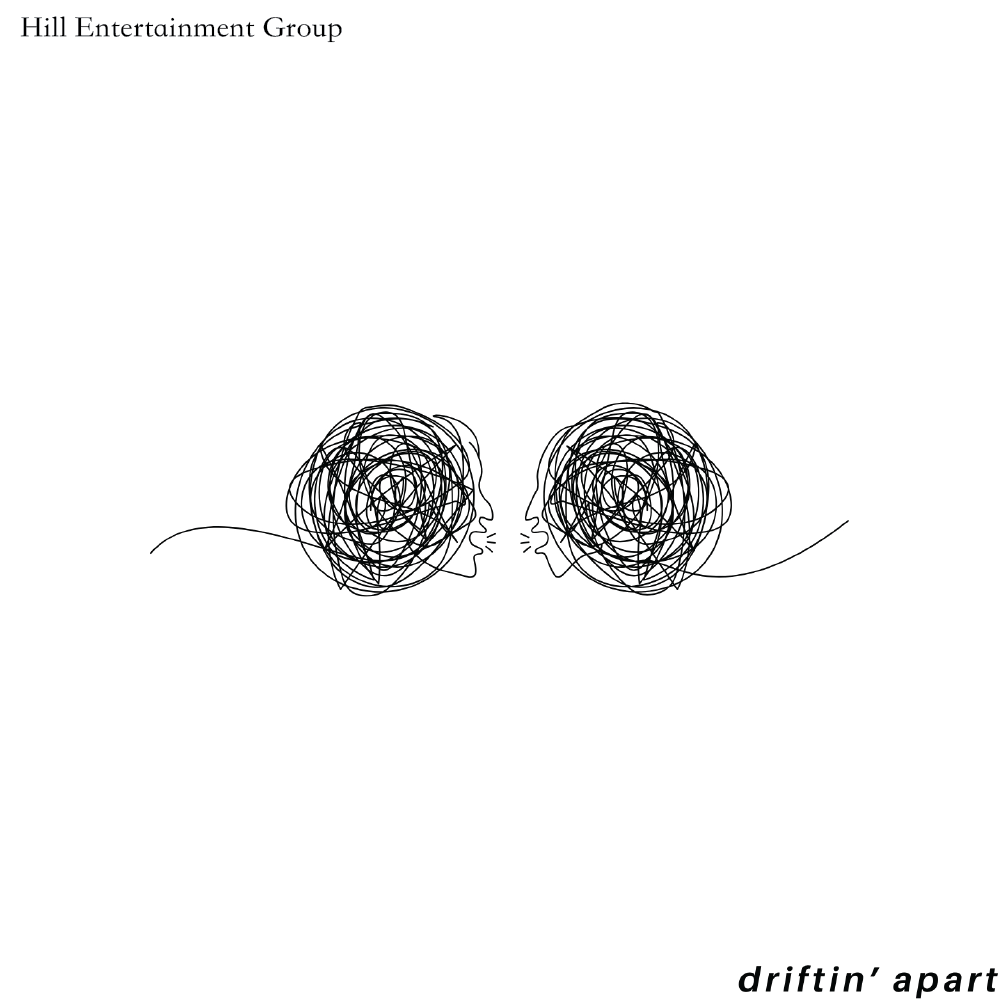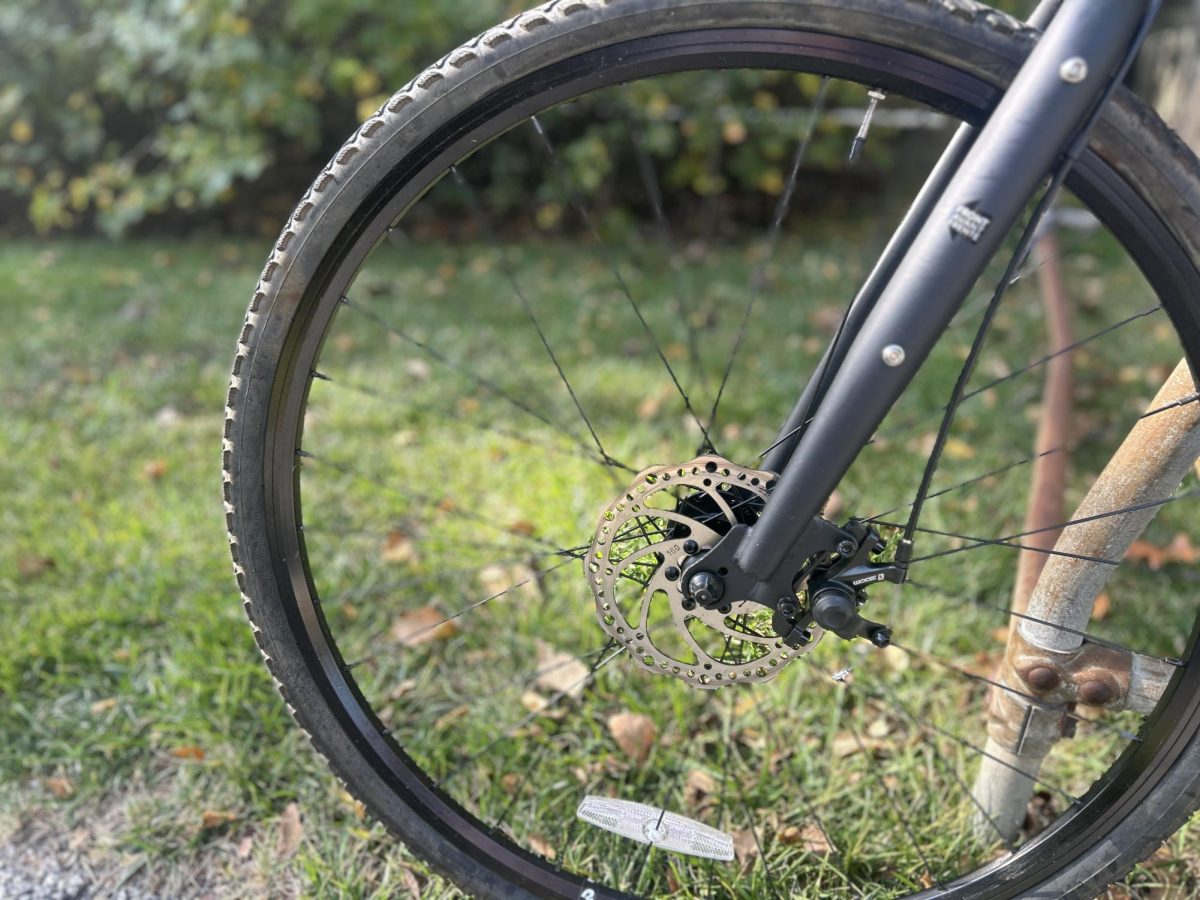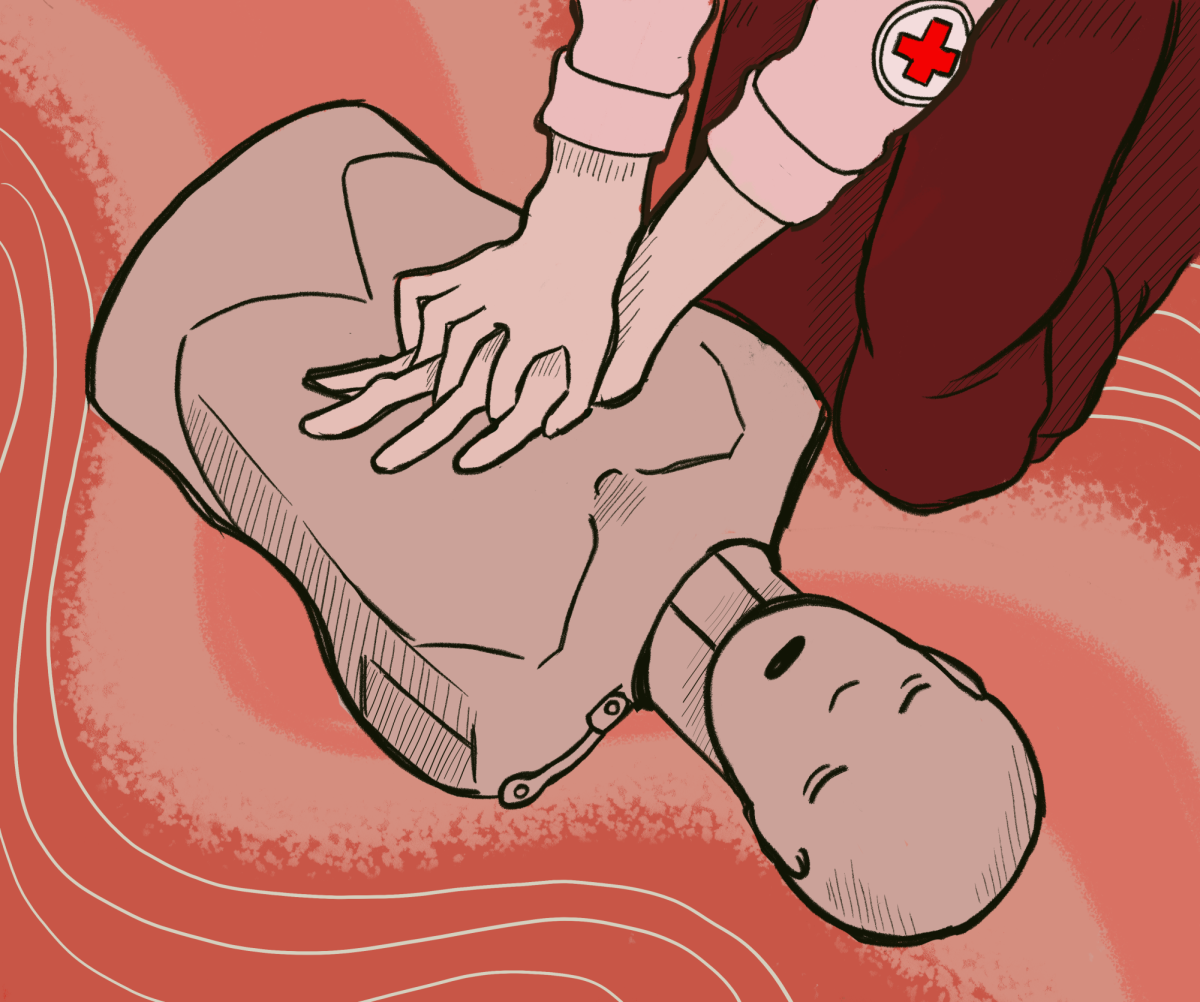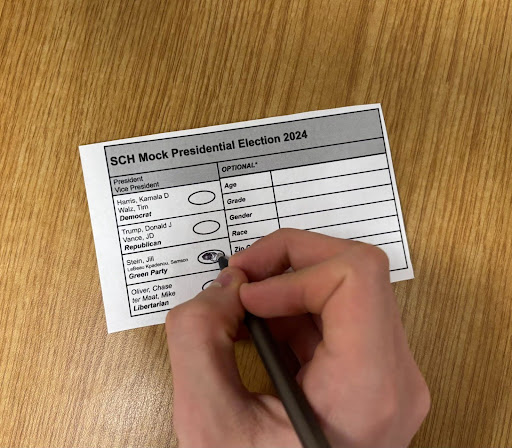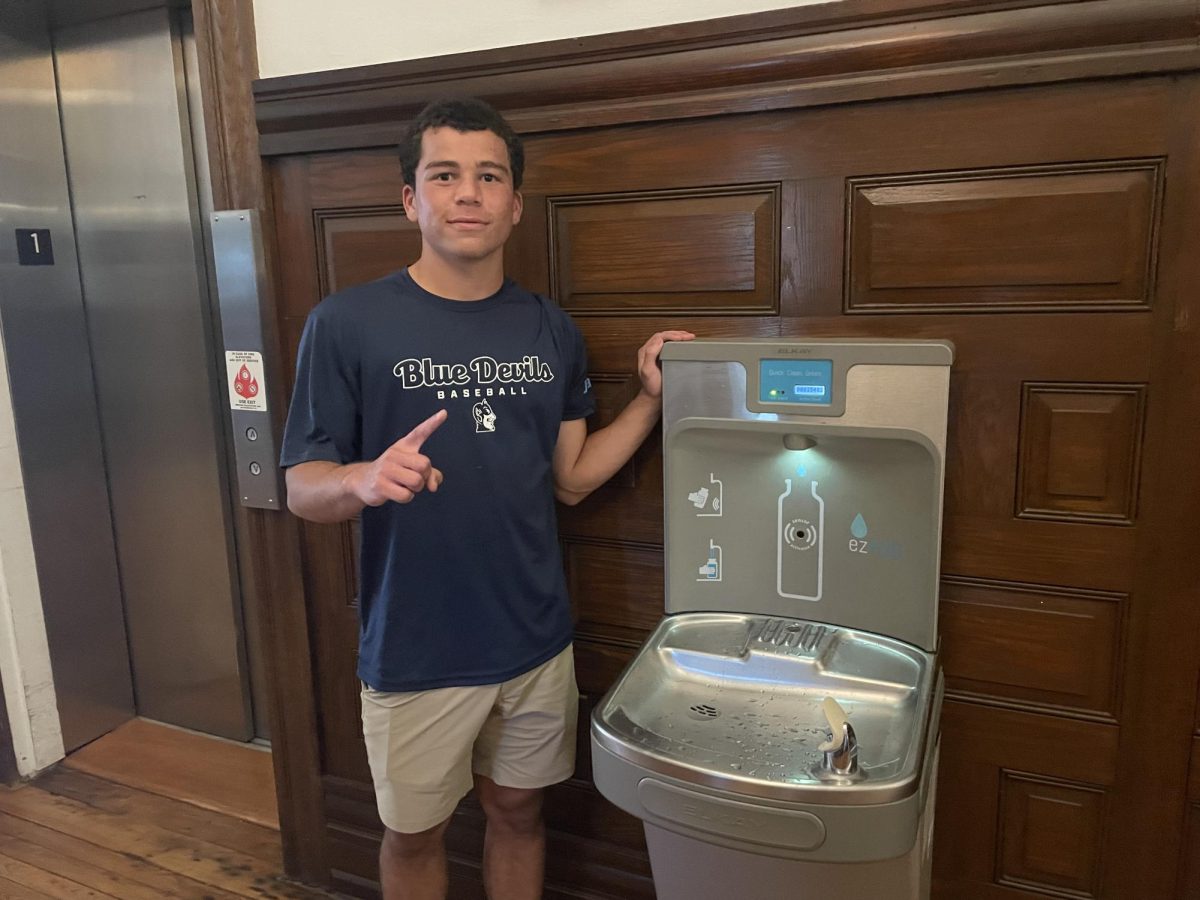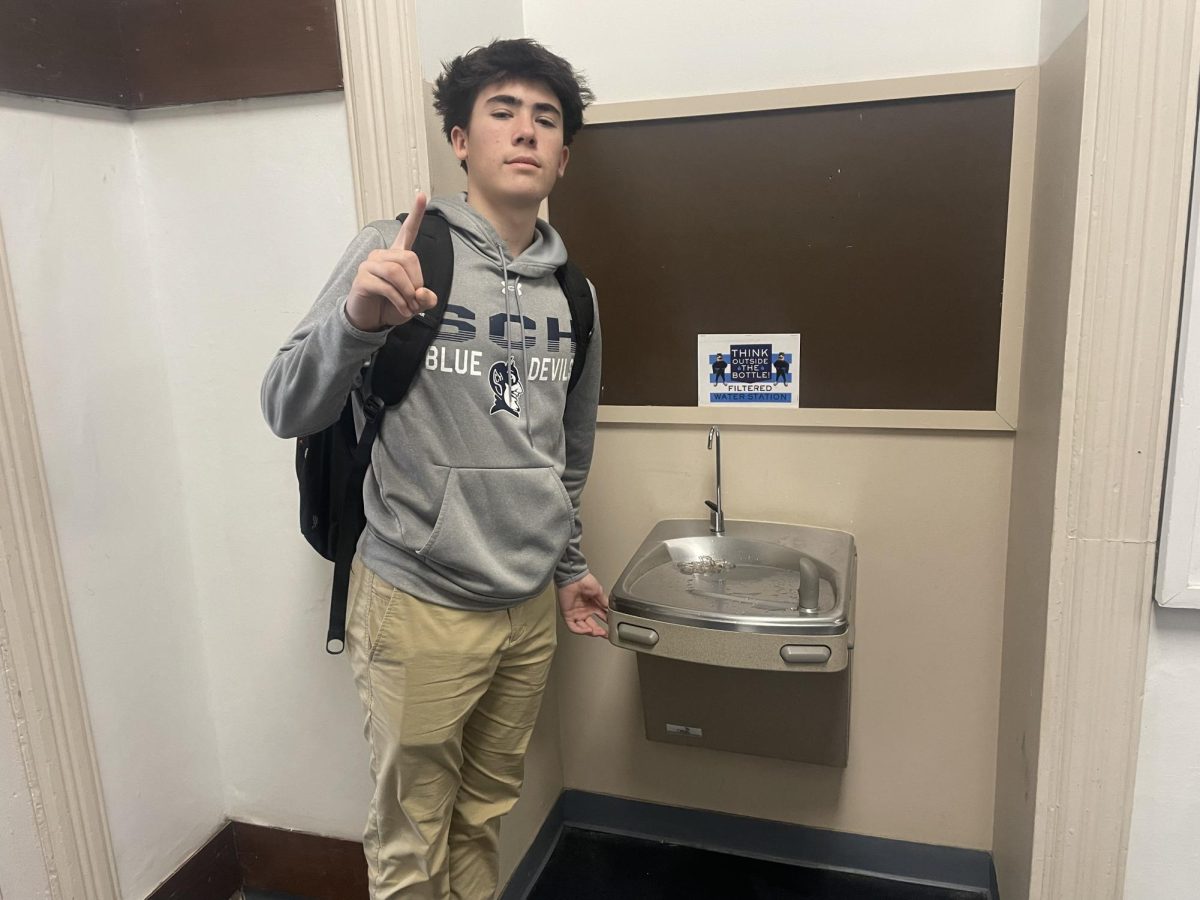Four hundred and fifty-one. On average, that is the number of periods a woman will have in her lifetime (Chavez-MacGregor et al.). Periods are not just a bodily function but bring with them pain, changes in mood, and even shame. Unfortunate, yes, but what is more unfortunate? The economic toll that women must face each month. Menstrual products are generally expensive and also taxed as a luxury item in 21 states, with a sales tax of between 4-7% (Bendix and Murphy). Coined the “tampon tax,” this upcharge is a true contributor to period poverty, which is defined as “the lack of access to safe and hygienic menstrual products during monthly periods” (Jaafar et al.). Half of the population has to deal with a menstrual cycle and the other half comes from, lives with, and interacts nearly every day with somebody who does. No woman anywhere should have to worry if she will be able to buy the products she needs to have a safe and comfortable period.
On Walmart.com a box of 50 regular tampons from the most popular brand, Tampax, costs $10.47 (“Tampax Pearl Tampons”). The average period ranges from 3-7 days so a “standard” period lasts 5 days. According to the FDA, tampons can safely be worn for 4-8 hours (Commissioner). So if a woman changes her tampon every 6 hours that is 4 tampons a day or 20 per cycle. This means that the box will only last her 2.5 cycles, and with about 13 cycles a year, that is 5 boxes or $52.35. Multiply that by 40, and a woman could spend $2,094 on menstrual products in her lifetime. It is important to note that this is an extremely conservative estimate. Many women may need different sizes of tampons, have to change their products more often, or use multiple types of products like pads, tampons, or panty liners. Additionally, this fee doesn’t account for period-adjacent expenses like heating pads or even medication like birth control. A 2021 study estimates that over a woman’s lifetime period products will add up to around $6,000 (Andersh et al.). Now when white women make just 82 cents for each dollar a man makes, and women of color make even less, this seems like an unfair burden or punishment even for something so out of women’s control (Haan).
Some may argue that these tampon companies have to make a profit but let’s dissect just how much they are truly capitalizing off menstruation. To manufacture, tampons and pads cost about 2-3 cents (Jain 2). Using the $10.47 box of tampons, each tampon sells for 20.9 cents or a 1045% markup. Tampax has an estimated annual revenue of 236.8 million dollars (“Tampax’s Competitors”). 236.8 million dollars that the male president is making at the economic expense of women. Companies like Tampax could greatly decrease the prices of their products while still profiting a considerable amount. This outrageous economic strain on women is harmful to women everywhere but especially to those living below or just above the poverty line.
Period poverty poses an extreme risk to women’s physical and mental health. Toxic shock syndrome is the most dangerous side effect of wearing tampons. TSS happens when, after wearing a tampon for longer than 8 hours, a woman is exposed to a toxic substance that can lead to organ damage, shock, or death (Commissioner). Women who struggle to afford menstrual products sometimes have to use products for longer than they should, and even if a woman doesn’t wear tampons, pads also should be changed regularly to avoid the growth of bacteria, fungi, or even rashes and infections, ultimately posing a risk to someone’s health (CDC). So why don’t women just purchase dollar-store or off-brand products? At the end of the day dollar store products don’t save women any money and also are often poorly made. For example, I went to Dollartree.com, and when I searched for tampons only 3 results came up. Each box retails for $1.25 and contains only 6 tampons, pricing each tampon at about 20 cents (“Fiore Super Cotton Tampons”). This means that in reality these are priced nearly the same as Tampax tampons. Furthermore, the reviews are extremely jarring with one customer saying that these tampons gave her a chemical burn (“Fiore Super Cotton Tampons”). Women should be able to buy affordable menstrual products that don’t put their health at risk. Subjecting women to this kind of discomfort and disadvantage is deeply saddening especially when there are a variety of possible solutions to ease this burden.
At the bare minimum, menstrual products should be tax-free in every state and freely provided in public and private schools and universities. In July of 2022, I met with D.C. council member Brooke Pinto to speak with her about her “PERIOD Act,” which requires menstrual products to be freely provided in all D.C. government buildings, shelters, and schools. The bill also requires that the products have to be made with organic cotton and ingredients that don’t risk the health of the people using them. It should be noted that D.C. also doesn’t tax menstrual products (Bendix and Murphy). Every state across the country should follow in the footsteps of D.C. to ensure that people across the nation do not fall victim to period poverty. The first step in doing so is quite simple: schools should provide period products for free. Even major universities still struggle with this issue and do not freely distribute menstrual products to their students. These simple steps of making menstrual products tax-free and easily accessible could do wonders in beginning to alleviate the widespread effects of period poverty.
If this issue doesn’t seem pressing to you it’s important to know that 1 in 10 college students experience period poverty (News). So over the next few years, it could be your classmate, your sister, your girlfriend, your best friend, or even you who cannot afford such necessities at the expense of health and well-being. It is time to take action and ensure that no one ever has to deal with the debilitating effects of period poverty. Let’s ensure that a period does not signify the end of anything other than a sentence.

